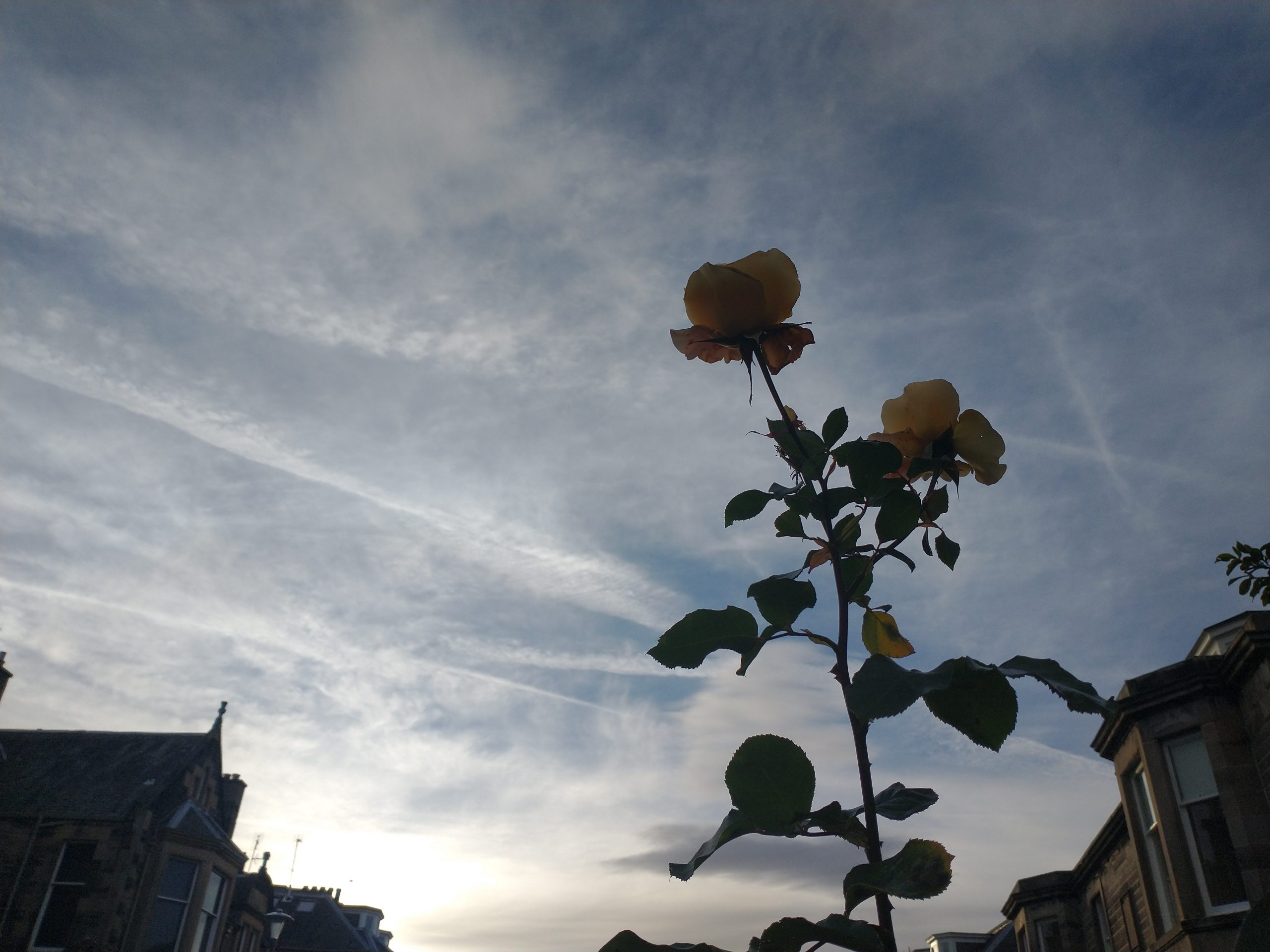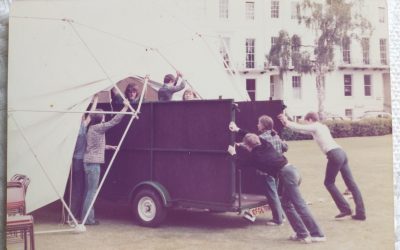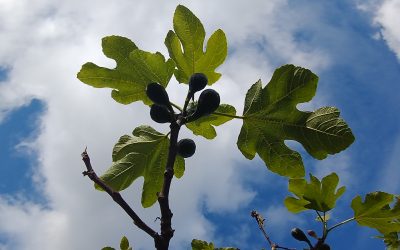 I’m preparing for a solo recital at Kettle’s Yard museum in Cambridge on November 24th.
I’m preparing for a solo recital at Kettle’s Yard museum in Cambridge on November 24th.
Kettle’s Yard is a beautiful little museum which began in the 1950s as a personal art collection by Jim Ede, who used his own house as the display venue. It was the first gallery I visited where art objects were shown in an ‘everyday setting’. As well as lovely contemporary paintings, ceramics and sculptures, there were things like collections of stones arranged in pleasing patterns on windowsills, their colours subtly graded. As a student, it inspired me to try the same in my own room, and to this day I still try to intersperse little ceramics among the books on my shelves. Such is the power of Jim Ede’s example!
My recital programme is a mixture of things I’ve known for a long time and things I’ve learned more recently. When preparing pieces I’ve known for a long time, I feel I have to ‘dust them’ to begin with. There are little decisions I made long ago, which for some mysterious reason don’t feel quite right any more. Even simple decisions like how loudly or softly to play things may appear in a different light.
Music notation is limited in how much it can convey. Thus the instruction to play softly or loudly can only be a broad brush. How softly? How loudly? What kind of soft or loud, and why? There are factors which change from concert to concert – the type of piano, the size of the room, the kind of audience. There’s also the pianist’s feeling about what rings true, or doesn’t any more.
When I was a child, I used to mark passages which had especially impressed me in books. They were a little private collection of wise sayings, which I wanted to be able to return to. And when I did, maybe years later, I was often puzzled as to why I had marked them. With more life experience, I often found that my favourite sentences had faded somewhat, while other passages now seemed more insightful. The same is true of music.
For example, I’m polishing up some pieces from Ravel’s Miroirs. In my final student year I played them in a summer concert; at that time I was concerned to put across Ravel’s glittering textures. Now it seems to me that the glittering textures can take care of themselves (if I have practised them properly). What seems important now is to go beyond the textures to Ravel’s mysterious identification with the natural world – the fluttering of moths in the dark, the distant calling of birds in a jungle. Creating an atmosphere is important, and the virtuosic elements should be smuggled in.
Sometimes it seems mad to spend time adjusting these tiny things, which perhaps nobody will notice. But in other ways, doing such work feels positive, even important.




I’ve also had this experience of coming across books with underlined passages that I no longer perceive as particularly special. Without us always noticing, life experiences change us!
And I love your description of smuggling in the virtuosic elements into a wonderful mysterious atmosphere.